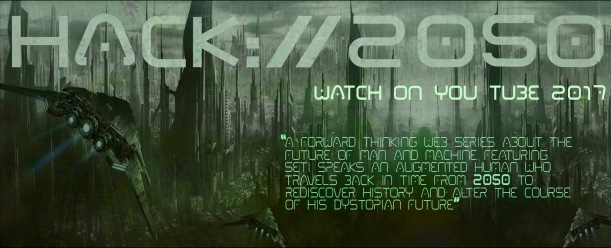Join the Arizona chapter of the World Future Society next week, Tuesday, August 23, from 6:30 to 8:30 pm at the Scottsdale Civic Center Library Gold Room for an exciting presentation on the emerging discipline of Biomimicry. RSVP here.
Topic: Biomicry
Presenter: Dr. Theodore (Ted) P. Pavlic, Associate Director of Research, Arizona State University Biomimicry Center

Join us as Dr. Ted Pavlic speaks about Biomimicry, the ASU Biomimicry Center and his own research.
About Biomimicry
According to the ASU Biomimicry Center website:
Biomimicry is an emerging discipline that seeks to emulate nature’s strategies and principles to create sustainable solutions to human challenges.
By asking the question: “How would nature do this?”, biomimics around the world are creating products, processes, companies and policies that are well adapted to life on earth over the long haul. Examples include turbine blades designed like whale fins to reduce drag and stronger fiber optics produced like sea sponges. (See seven more examples explained on Mother Nature Network.)
Humans have turned to nature for inspiration and solutions for a long time. But a formal methodology—drawing on peer-reviewed biological research–has only evolved over the last several decades.
Following the publication of her seminal 1997 book Biomimicry: Innovation Inspired by Nature, Janine Benyus and Dr. Dayna Baumeister created the Biomimicry Guild, which formalized the practice of biomimicry as a methodical tool for innovating sustainability solutions.
As demand grew for biomimicry education and consulting, Benyus and Baumeister founded the non-profit Biomimicry Institute and the innovation firm Biomimicry 3.8, which has worked with notable clients like Interface, HOK, Nike and Coca-Cola.
As futurists, it’s interesting to reflect how such a sustainable approach to solutions might impact thinking and shaping future innovations and outcomes.
About Dr. Pavlic’s Research
Dr. Pavlic’s research focuses on understanding adaptive decision-making strategies in autonomous systems. To this end, his laboratory does empirical work with natural systems, such as social-insect colonies, and does engineering work building decision-making algorithms for artificial systems, such as decentralized energy management systems for the built environment. Just as the biological models provide inspiration for novel engineering solutions, the engineering problems inspire new lines of scientific inquiry about those biological systems. This bidirectional flow is facilitated by solid mathematical models of fundamental decision-making processes in common with both the natural and engineered systems.
About Dr. Pavlic
 Dr. Pavlic has an interdisciplinary background, starting with a PhD in electrical and computer engineering, progressing through research appointments in computer science and life sciences, leading to his current joint appointment as an Assistant Professor in the School of Sustainability and the School of Computing, Informatics, and Decision Systems Engineering and an Adjunct Appointment in the School of Life Sciences. Dr. Pavlic is the Associate Director of Research for The Biomimicry Center at Arizona State University. He is also active in several professional organizations and publication venues across engineering and life sciences. Dr. Pavlic is faculty in Sustainability, Industrial/Mechanical/Aerospace/Electrical/Computer Engineering, Applied Math in the Life and Social Sciences, Biology, and Animal Behavior, and he is active in several of the complexity-related groups across ASU’s campus.
Dr. Pavlic has an interdisciplinary background, starting with a PhD in electrical and computer engineering, progressing through research appointments in computer science and life sciences, leading to his current joint appointment as an Assistant Professor in the School of Sustainability and the School of Computing, Informatics, and Decision Systems Engineering and an Adjunct Appointment in the School of Life Sciences. Dr. Pavlic is the Associate Director of Research for The Biomimicry Center at Arizona State University. He is also active in several professional organizations and publication venues across engineering and life sciences. Dr. Pavlic is faculty in Sustainability, Industrial/Mechanical/Aerospace/Electrical/Computer Engineering, Applied Math in the Life and Social Sciences, Biology, and Animal Behavior, and he is active in several of the complexity-related groups across ASU’s campus.
Join us for this fascinating discussion.


